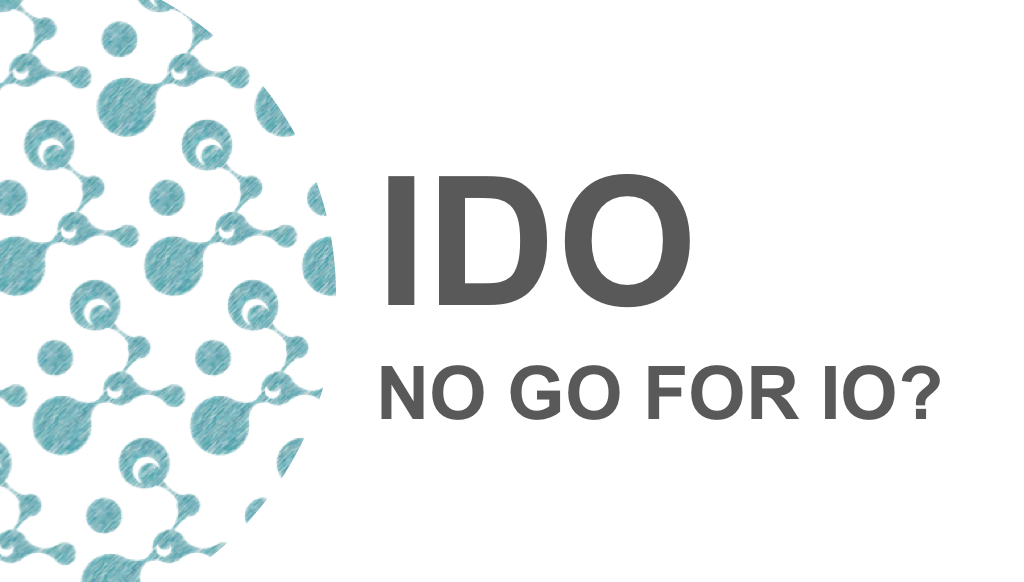IDO Inhibitors – No Go for IO?

The recent failure of the IDO inhibitor epacadostat in combination with Merck’s pembrolizumab for immuno-oncology (IO) has been the subject of numerous reports and commentary (see here, here, here and Vinay Prasad’s epic twitter rant here).
And now today we have BMS dropping late stage trials with it’s molecule BMS-986205/ONO-7701.
Maybe it’s too early to call, but validation of IDO as a target for IO is not looking good.
The anemic performance of these drug candidates in the clinic has not been a surprise to my BioMAP colleagues at DiscoverX (now Eurofins DiscoverX). Unlike various anti-PD-1, PD-L1 or CD73 antibodies or approved drugs including paclitaxel and gemcitabine, IDO inhibitors have not performed well in human primary cell-based models of the tumor microenvironment or TME (see here from Alison O’Mahony and more to come soon).
In a paper with Jonathan Lee a few years ago, we described these human TME models and the value of co-cultures for capturing the breadth of tumor biology including activities relevant for IO.
Given that the results of phenotypic profiling in these models are tracking well with clinical outcomes, it’s a good time to encourage further investment and investigation of human-based in vitro approaches (CAR-T researchers, we’re looking at you).
These human-based in vitro TME systems along with their counterparts that model other tissue and disease states offer several advantages for advancing translational biology. The use of human primary cell types provides physiological relevance while the throughput and scale of these assays facilitates standardization permitting in depth validation (or “establishing confidence” as we are now describing validation of non-animal methods).
As in vitro and in silico models for predicting ADME (absorption, distribution, metabolism and excretion) improve, applying these together with in vitro phenotypic efficacy models, may prove more capable of advancing safer and more effective new drugs than current animal-centric methods.






